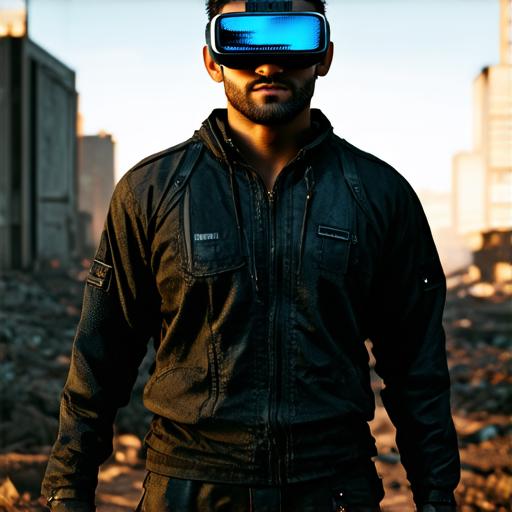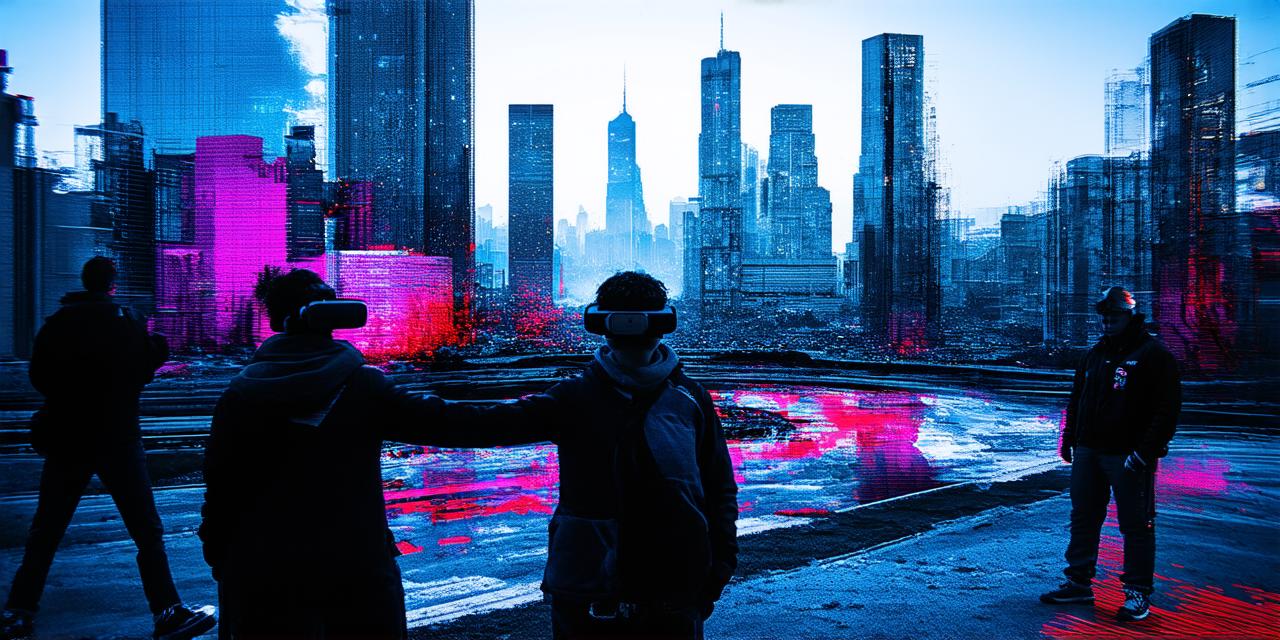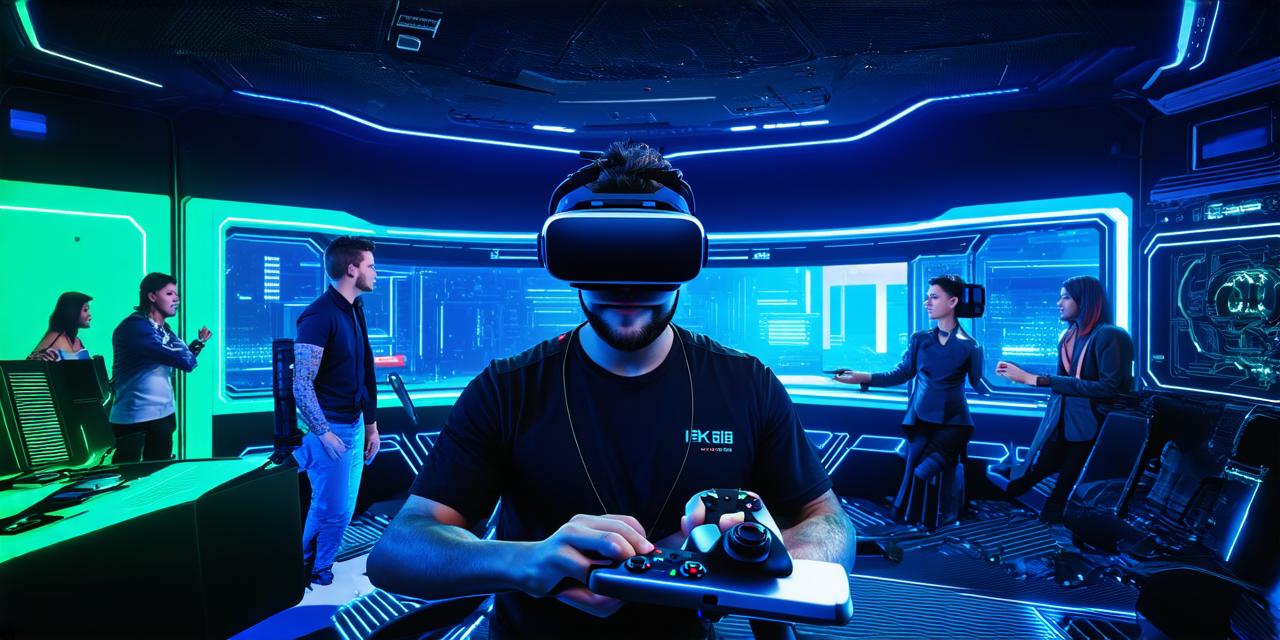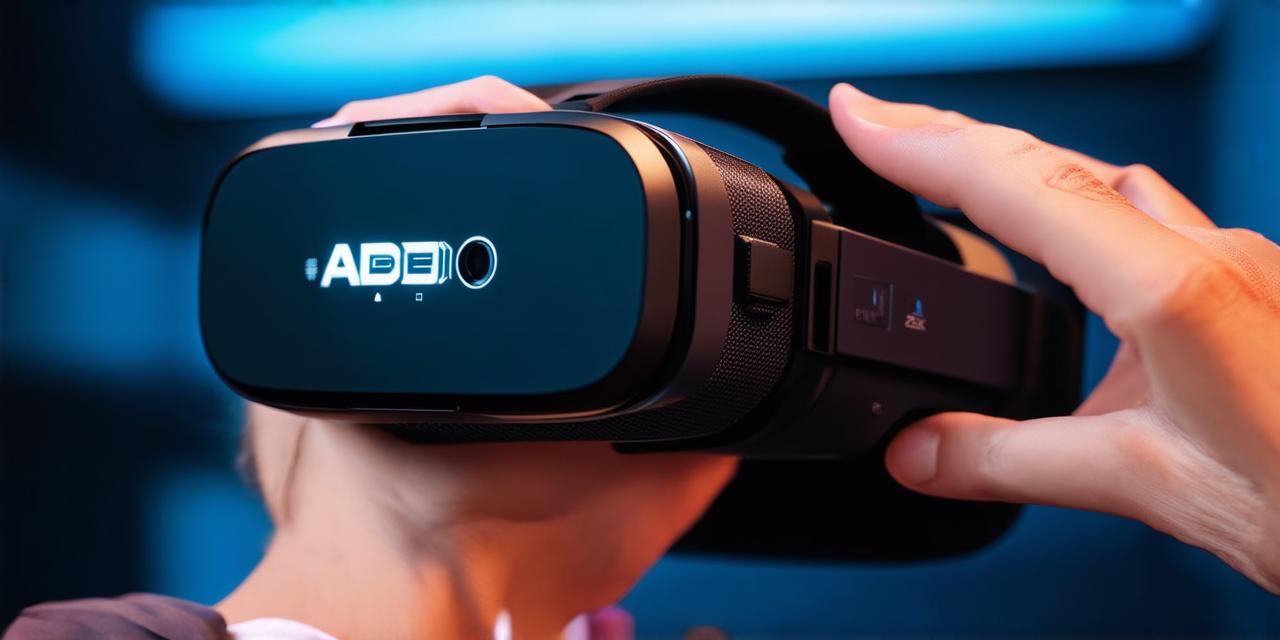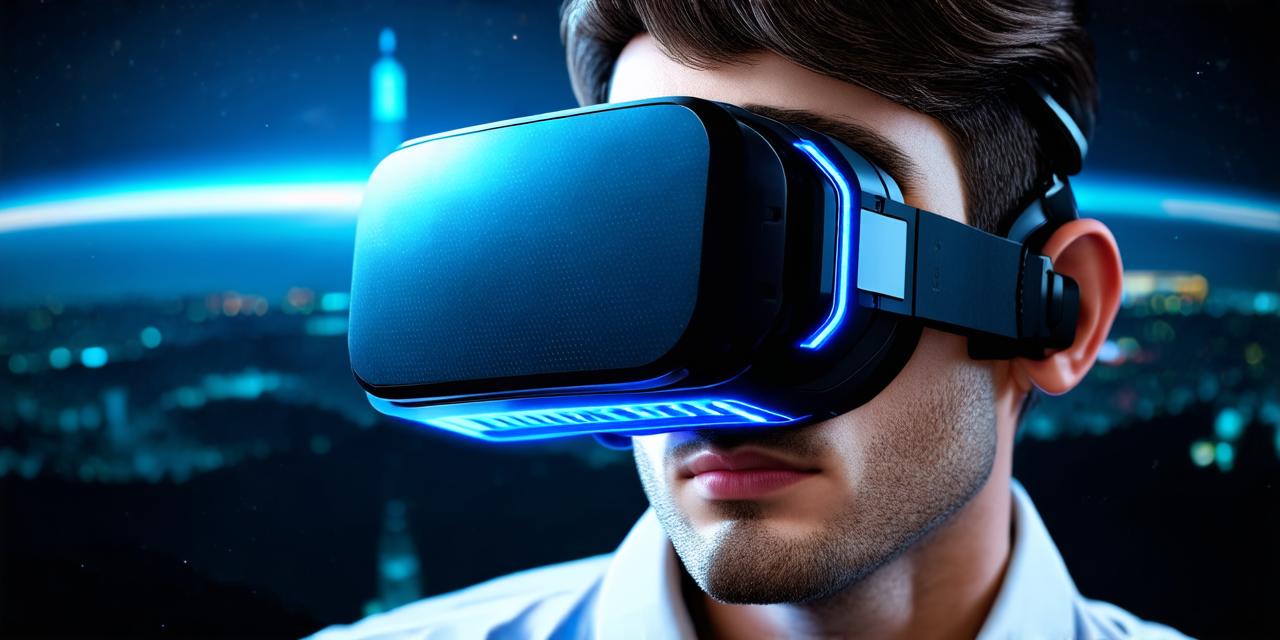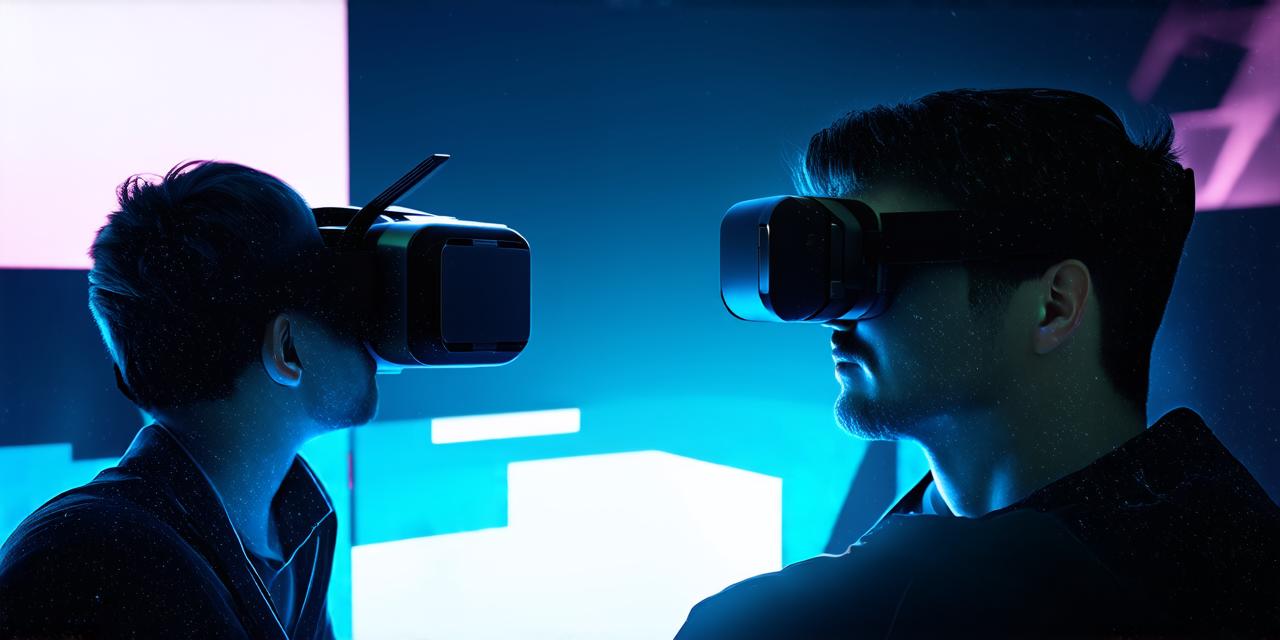Negative Impacts of Virtual Reality
1. Motion sickness and nausea
One of the most common side effects of VR is motion sickness and nausea. This can occur due to the disconnect between what the user sees in the virtual world and what their body feels in the real world. For example, if a user looks around quickly while wearing VR headsets, they may feel dizzy or nauseous.
2. Isolation and social detachment
VR can also lead to isolation and social detachment. When people spend too much time in virtual worlds, they may become disconnected from the real world and the people around them. This can result in a lack of empathy and understanding for others, as well as difficulty communicating effectively in real-life situations.
3. Eye strain and headaches
VR technology often requires users to wear headsets that cover their entire face, which can lead to eye strain and headaches. Additionally, the constant movement required to navigate virtual worlds can cause fatigue and discomfort.
4. Addiction and dependence
Like any new technology, VR has the potential for addiction and dependence. Some users may become so immersed in virtual worlds that they neglect their real-life responsibilities and relationships. This can lead to a loss of productivity, as well as damage to mental and physical health.
5. Privacy concerns
Virtual reality can collect a vast amount of data about its users, including personal information such as age, gender, and location. This raises privacy concerns, as this data could be used for targeted advertising or even sold to third parties without the user’s knowledge or consent.
6. Mental health effects
There is some concern that prolonged use of VR can have negative effects on mental health. For example, research has shown that spending too much time in virtual worlds can lead to a decrease in brain activity and an increase in symptoms of depression and anxiety. Additionally, the constant exposure to artificial environments can lead to feelings of disorientation and detachment from reality.
Conclusion
In conclusion, while virtual reality technology offers many benefits, it’s important to be aware of its potential negative impacts. As AR developers, we have a responsibility to create technologies that are safe and ethical, and that promote positive outcomes for individuals and society as a whole. By doing so, we can ensure that virtual reality continues to evolve in a way that is both exciting and beneficial for all.
